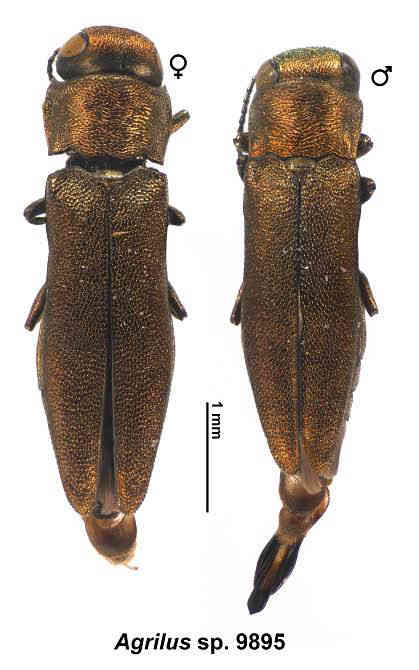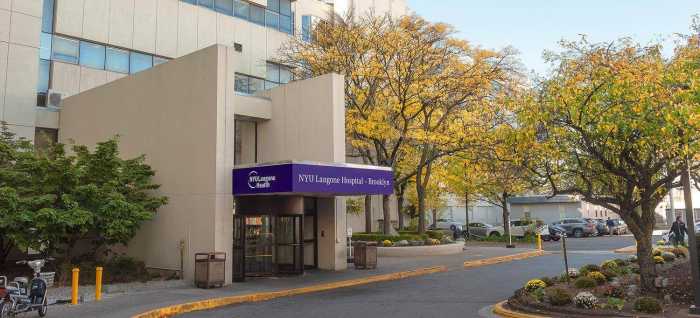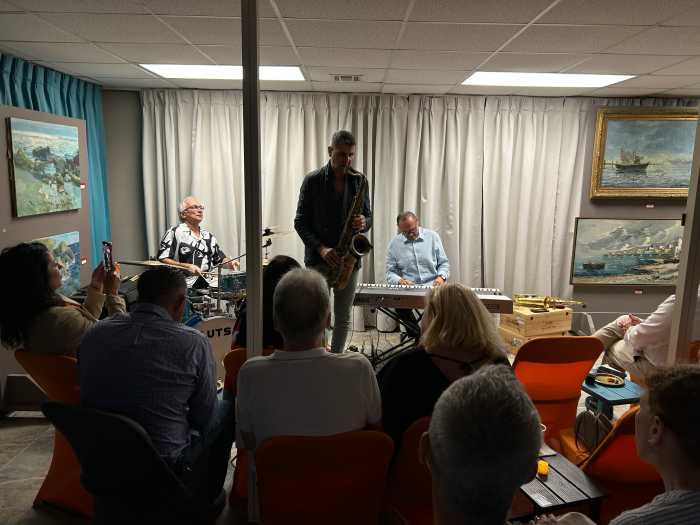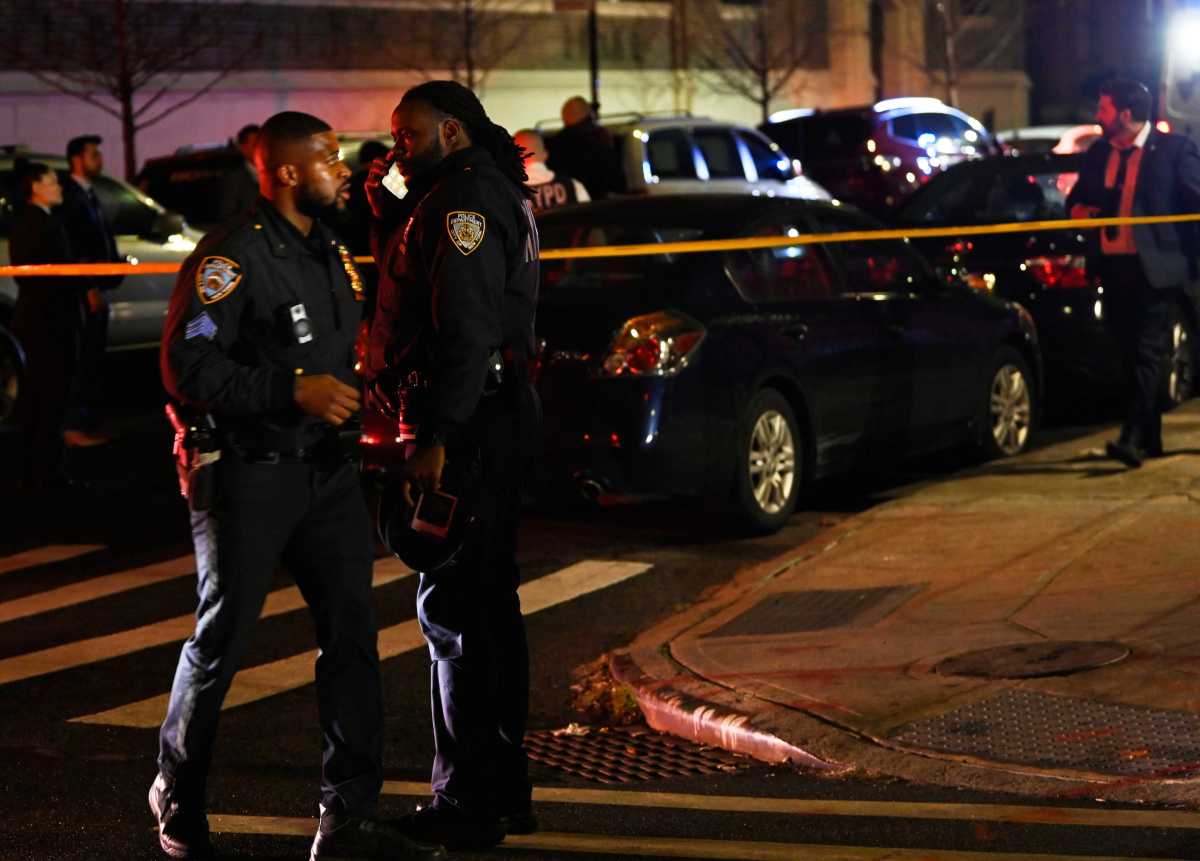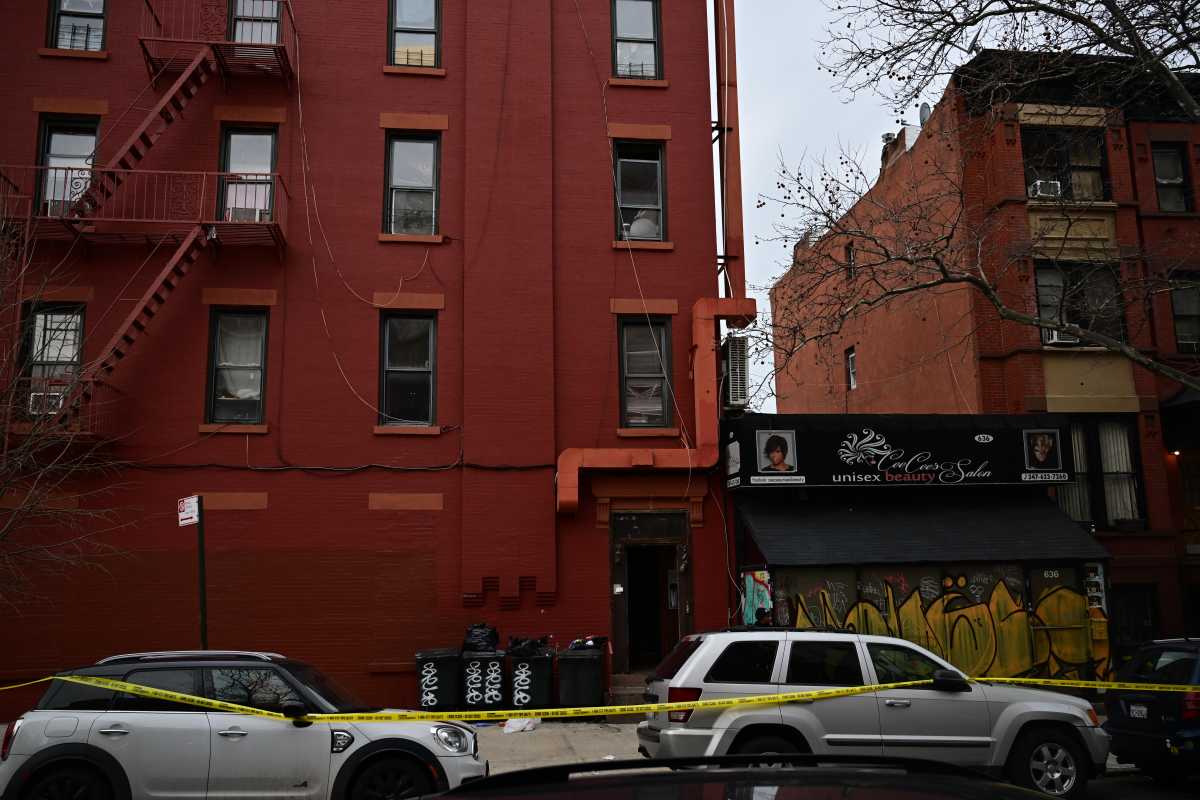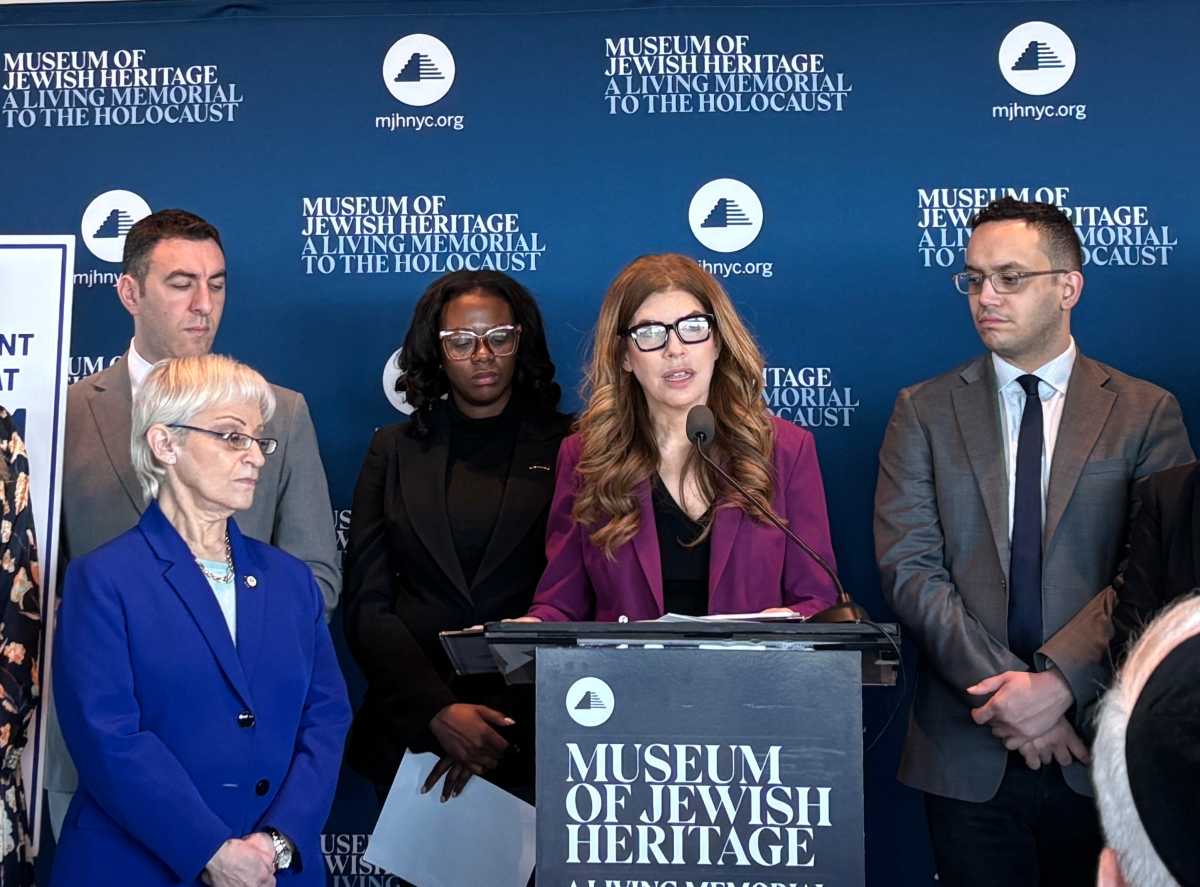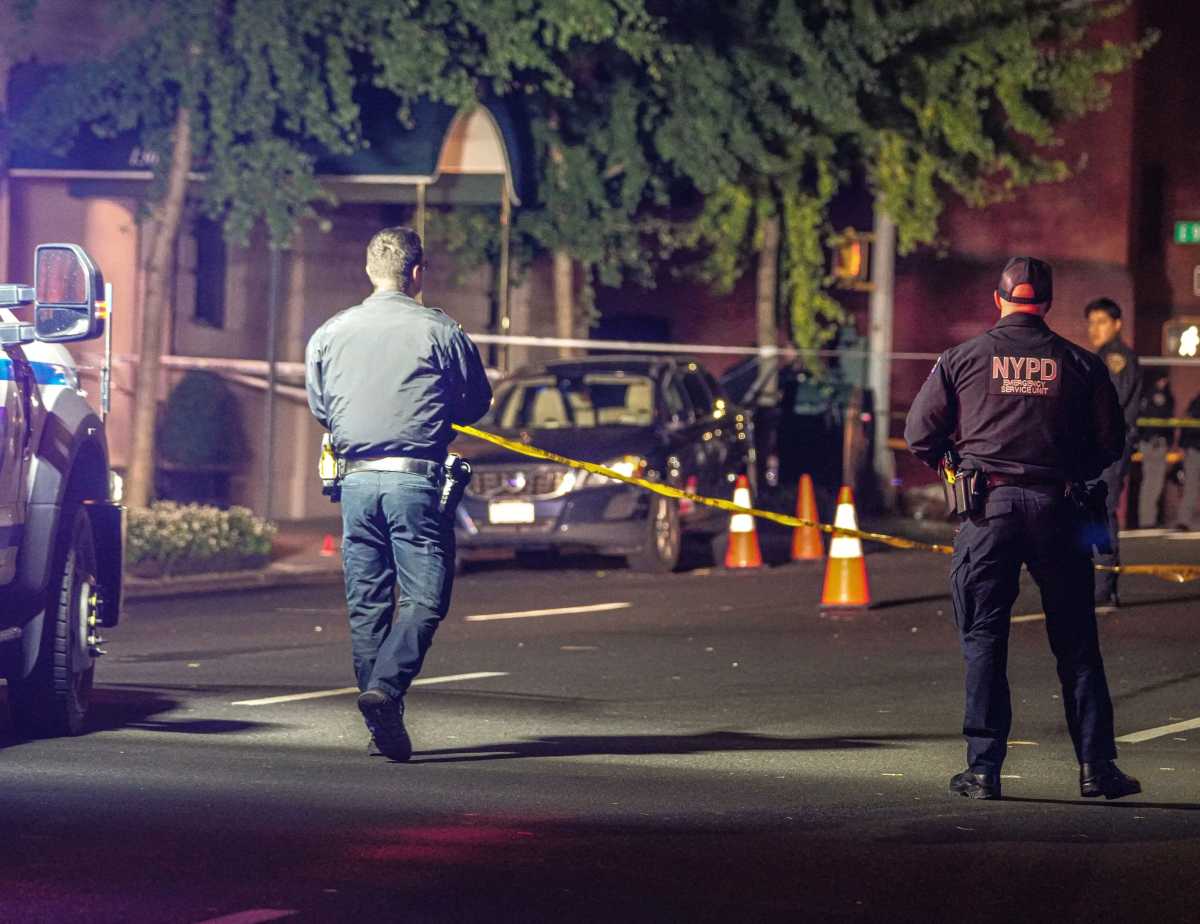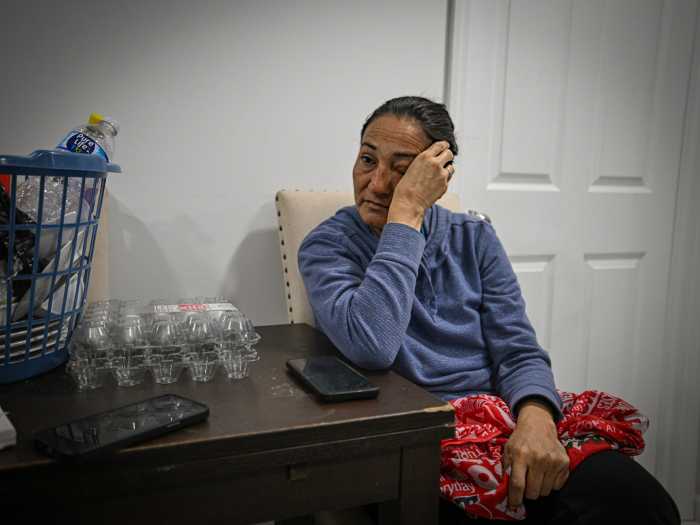Scientists from the national Forest Service announced Tuesday that they discovered a new species of beetle in Green-Wood Cemetery, claiming the insect touts a never-before-seen package that’s got biologists all worked up, according to a federal forestry technician.
“The male genitalia didn’t match anything we have on file,” said Marc DiGirolomo, the Forest Health Technician who first spotted the beetle, known as Agrilus 9898, during the Forest Service’s survey of the cemetery in 2017.
DiGirolomo found the diminutive 4-millimeter-long insect while pulling wood samples from one of Green-Wood Cemetery’s European beech trees two years ago, but it wasn’t until he took a gander at the bug’s private parts that he noticed an itty-bitty schlong he didn’t recognize — a possible clue that the critter was new to science.
So the forestry technician sent the beetle in for testing, and, sure enough, DNA results proved the creature was a unique specimen of the genome Agrilus, a family of about 3,000 species.
A type of jewel beetle, the Agrilus genus originally hails from Europe, and the Green-Wood specimen most likely traveled across the Atlantic upon wooden shipping crates, or imported trees, according to DiGirolomo.
“Personally, it was pretty amazing,” he said. “To be part of a collaboration identifying a new species is awesome.”
Not everyone is thrilled about the discovery of the Euro creepy crawly. Horticulturalists at Green-Wood Cemetery, a certified arboretum with over 7,000 trees, worry about non-native insects destroying their foliage. The 476-acre grave-yard is located only a couple of blocks away from Sunset Park’s shipping ports, making it a hot spot for invasive pests, according to the cemetery’s resident green thumb.
“We’re going to work with the problem,” said Joseph Charap, director of horticulture at Green-Wood Cemetery.
Agrilus 9898 has damaged the outer twigs of the plants it has infested, but DiGirolomo does not think it poses a serious threat to Kings County trees. To better understand the insect and its potential impact on Green-Wood’s green stuff, the National Forest Service will fund a three-year study of trees throughout Brooklyn.
As for Green-Wood Cemetery, the discovery of the wood-eating beetle at least point to the success of the cemetery’s collaboration with the U.S. Department of Agriculture’s Forest Service.
“It’s gratifying to know that the partnership can lead to discoveries like this one,” Charap noted.



